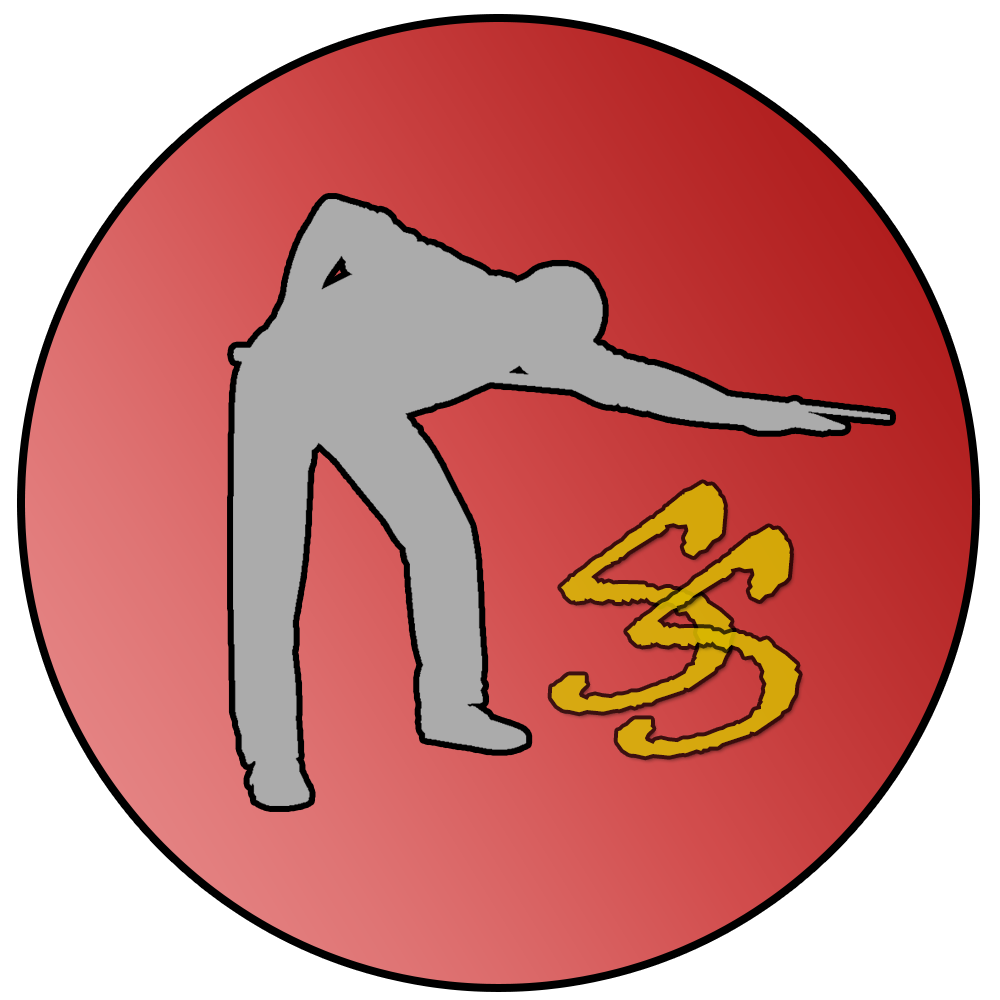Barry Hawkins has just come off his third semi-final of the season where he fell victim to a Ronnie O’Sullivan comeback from 9-6 ahead to fall short in the deciding frame. While it’s obviously not the result Hawkins was looking for, he should aim to look at the positives from his performance this week and take that into the World Championship and following season.
Hawkins’ performance this week showed the viewers as well as his opponents just how well he can really play. If you watch his match against O’Sullivan, this was particularly evident where he was firing on all cylinders. His break-building was fluent, his potting sharp, and safety play was at its finest. I think there are four key facets that should be possessed by any snooker player if they wish to do well and these are three of them.
The fourth element, which you’ve probably guessed, is the temperament. The first three aspects of the game don’t hold much significance if the temperament isn’t there to push away the negatives moments of a match and get to the finishing line. This is where Hawkins has to work on removing emotion from the equation and treat each frame loss in a way that doesn’t impact the following frames.
Of course, this is far easier said than done. And Hawkins isn’t the only player to suffer from this. This can affect every single player, even those at the very top. Common favourites like Hawkins, Gilbert and Lisowski all fall victim from time to time particularly as they get to latter stages of tournaments. And when they get closer to the winning line of a match, nerves can creep in which can lead to a domino effect of misses which their higher ranked opponents will capitalise on.
It seemed as if Hawkins had started to hold his nerve a little better with his match against Trump, who was staging a comeback similar to the one in their previous encounter where Hawkins was 5-1 up yet still lost the match. Hawkins was able to fend off the World No. 1, suggesting a turn in the tide. It could be argued that the red missed at 9-6 up was an unfortunate kick but that would still leave Hawkins with three frames to close the match. And in scenarios like that is why temperament is so crucial.
Nevertheless, Hawkins, having reached his third semi-final, is already having one of his best seasons in years. And the fact that he was able to qualify for the Tour Championship in the first place shows just how well he has been playing this year. Hawkins has always been a performer in the longer format matches as shown by his recent Crucible record and this longer format experience will only benefit him going into the Worlds.
Hawkins has always been praised for his consistency but this season he has taken this consistency to the next level by venturing deeper into tournaments. And the tournaments he has gone far in are no small feats. Hawkins has reached the semi-finals of the German Masters, Players and now the Tour Championship. His ranking will also notice an improvement having already moved up a couple of places following his performance this week. And he will also be within striking distance of a couple of those above him in the rankings if he can keep the consistency going.
I’m always rooting for Hawkins to get that big win he deserves and hopefully the wait won’t be too long before we get to see it.
Like this Short? Click here to read: Player Spotlight – Barry Hawkins
Have an idea for a Short post? Feel free to get in touch using the social media links below! Thanks for reading!









